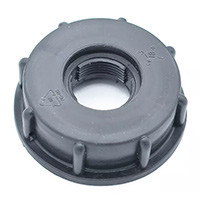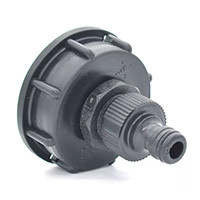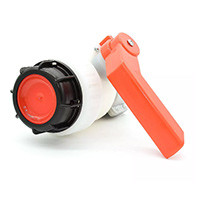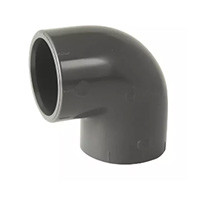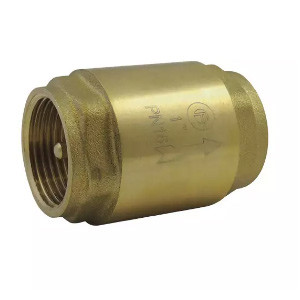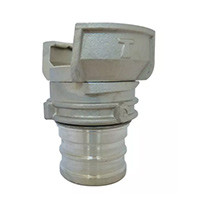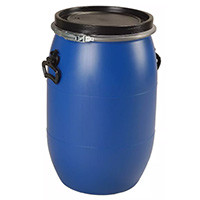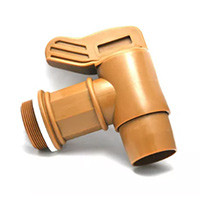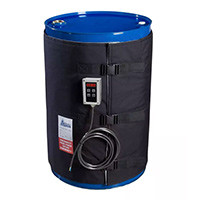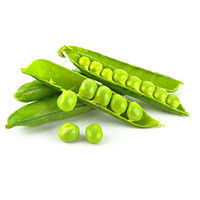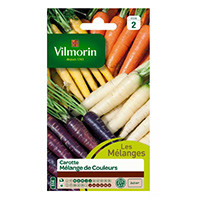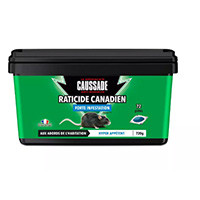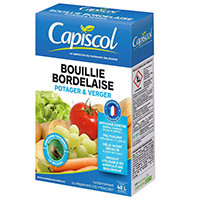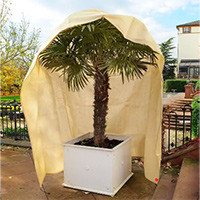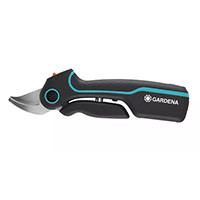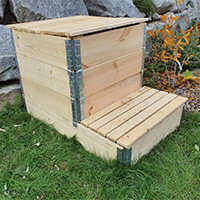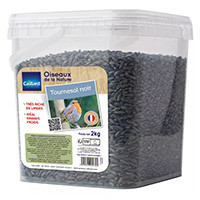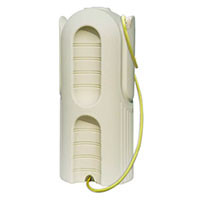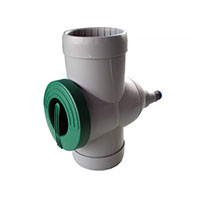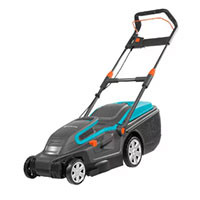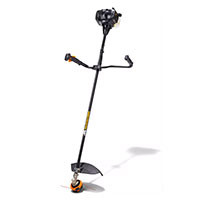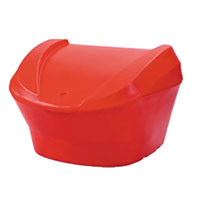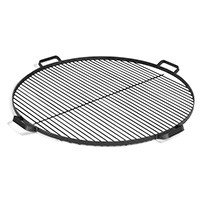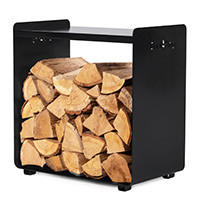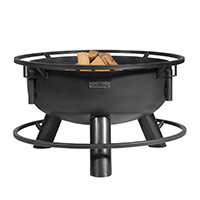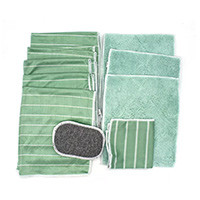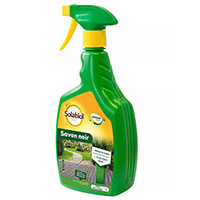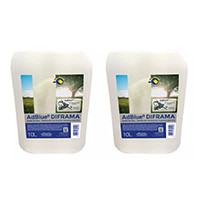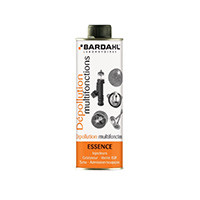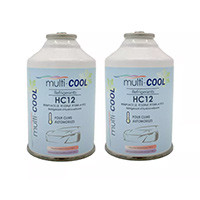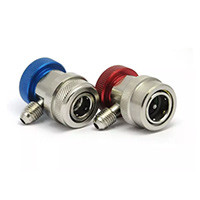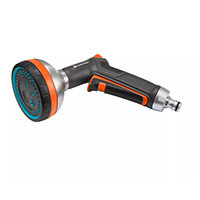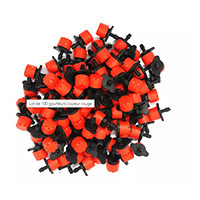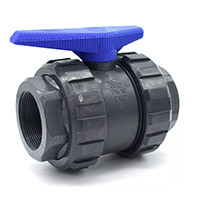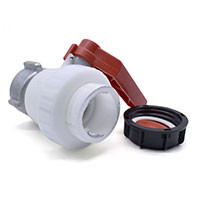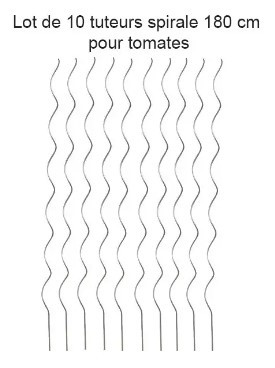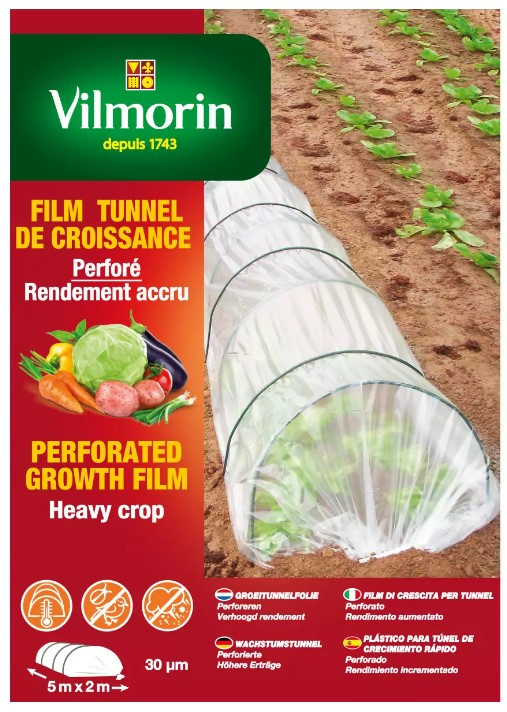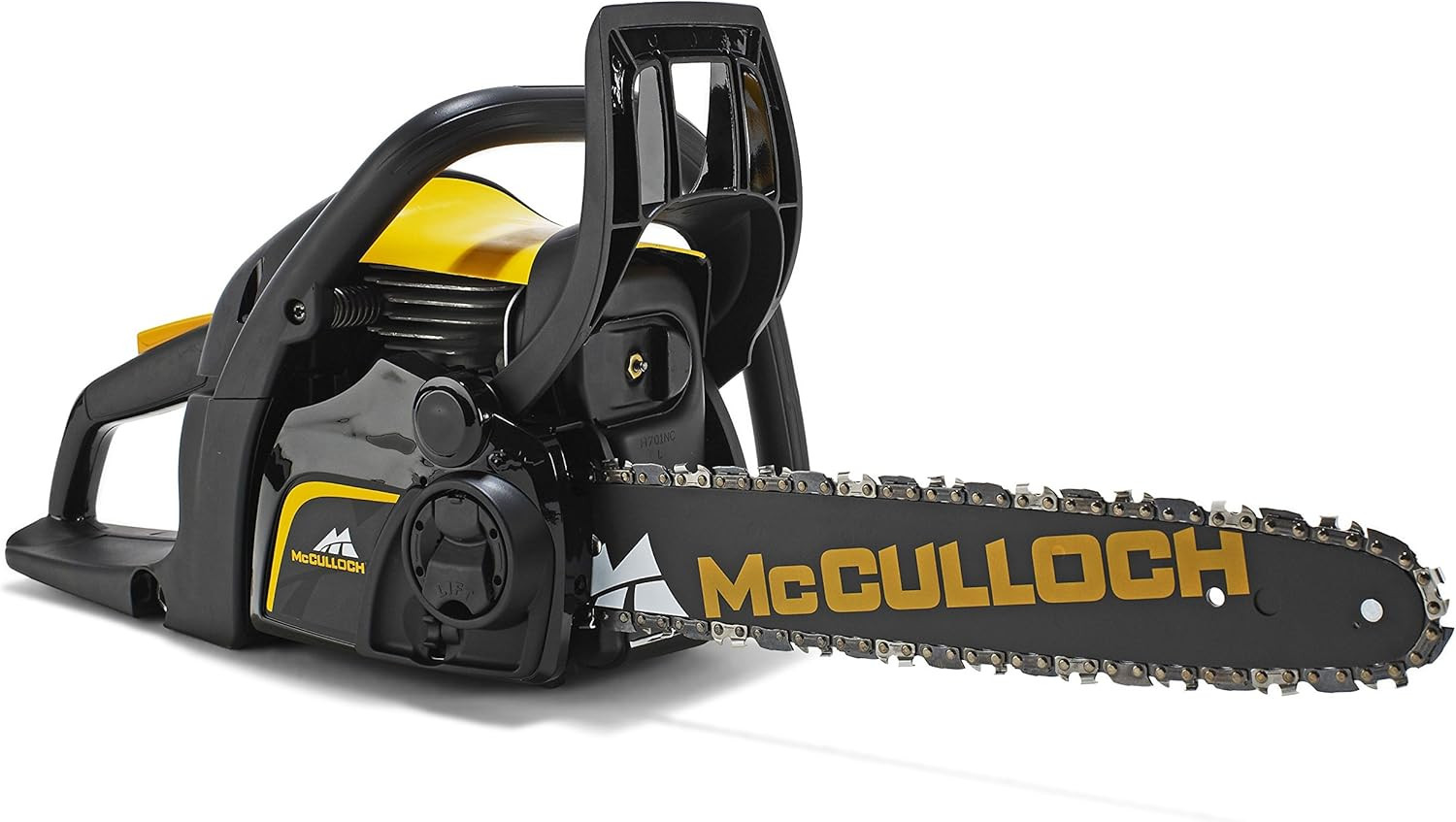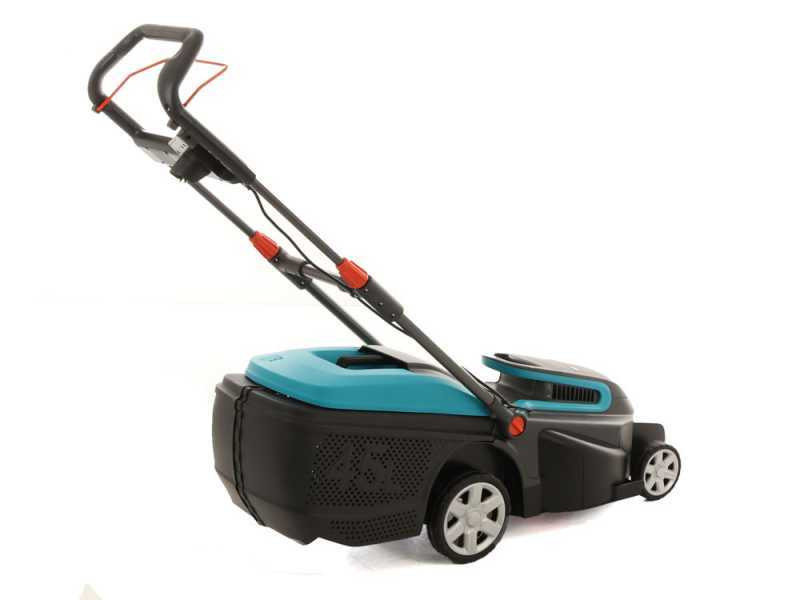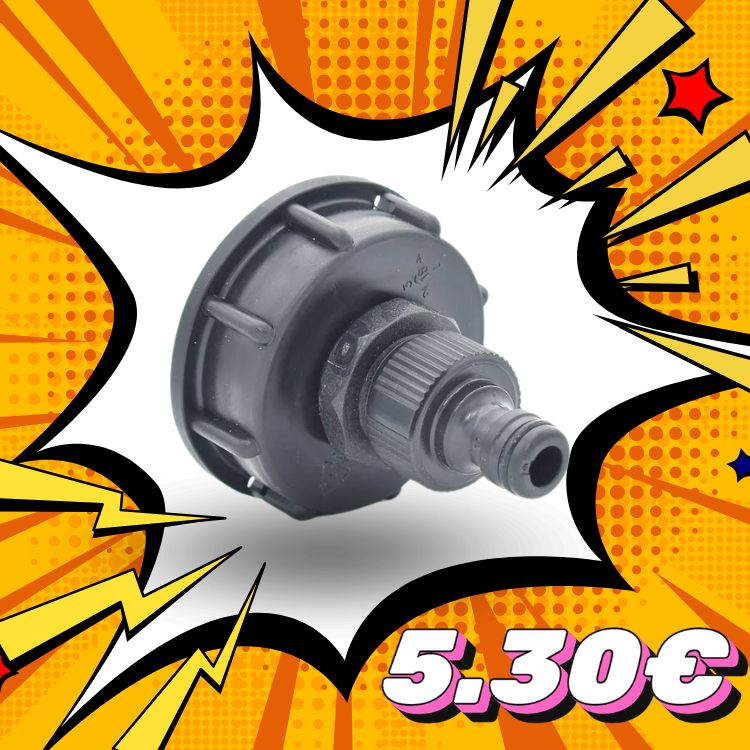
Garden rain gauge: concept and tips for use
Garden rain gauge: concept and tips for use
It is one of the essential tools to the range of the apprentice gardener / meteorologist: the rain gauge, which allows of course to measure the amount of rain that fell in his garden, but also to know when the plants will bloom there, grow and finally be able to be harvested.
Why install a rain gauge in your garden?
As soon as you know how to decipher the readings, having a rain gauge in your garden can be of great use. In particular for the following uses:
- Be able to anticipate floods or sudden changes in climate;
- Know if the crops are in excess or in deficit of water to be able to provide them with the watering adapted to their needs and thus ensure a good harvest;
- Have an idea of when it will be possible to harvest the fruits (and vegetables!) of the work done in the vegetable garden;
- Or know at your fingertips the rainfall of your region, which can be of interest especially when you decide for example to invest in a rainwater recovery system, the containers to store the existing water in many different formats.
Be careful, however: to be able to make use of the surveys, to have better knowledge of plants, and in particular with regard to their needs. Indeed, where some fruits and vegetables require intensive watering – we think in particular of tomatoes or melons – others do not need such a large amount of water – onion, garlic or shallot for example, do very well... For your statements to be useful, it will be necessary to be able to put them in coherence with the needs of plants!
What type of rain gauge to choose?
First of all, keep in mind that there are two types of rain gauge, which have a very different operation:
- The manual rain gauge, also called "direct reading", which is the most used of beginner gardeners;
- And the connected rain gauge, equipped with sensors and which allows (in some cases) to measure both rainfall, but also temperature and humidity, and is rather an equipment reserved for farmers who use it to manage the irrigation of crops.
If the connected rain gauge does not lack qualities – the most advanced models make it possible to communicate the readings to a person located more than 50 m from the measuring place for example – we will focus here on the manual rain gauge, much cheaper and accessible by the simplicity of its operation to the greatest number.
How does a garden rain gauge work?
Let us talk about how it works. It is quite simple: a collector topped by a funnel used as a lid collects water, which is thus impossible to evaporate – which in passing limits measurement errors.
In order for the user to be able to make accurate readings, garden rain gauges are equipped with a calibrated container of cylindrical shape and graduated in millimeters, which makes it possible to obtain a much more reliable measurement than the simple graduation displayed on the collector.
Where and how to install your garden rain gauge?
The location is the most important parameter in the operation of the rain gauge: indeed, it is according to the latter that the measurements will be (or not) reliable.
The ideal place to install it would be:
- In a sufficiently open place to be able to collect as much water as possible;
- Not under a tree, the branches of the latter being likely to deflect precipitation and / or clog the entrance to the collector – especially if it is an oak or a chestnut tree, from which fall acorns and chestnuts every autumn.
Overall, it is considered that a rain gauge must be installed at a distance equal to 10 times the height of the obstacles that surround it. In the event that you place it not far from a shrub 1 m high, you will need to plant it at least 10 m away from it. As for the depth, it is recommended to plant a manual rain gauge in the ground, so that the collector is placed at a maximum height of 2 m.
Rain gauge: how to make your readings?
Reading a rain gauge is simple: one cm of water is equivalent to 10 l of water per m2. Do not hesitate to raise your rain gauge each time it has rained, in order to obtain precise indications as to the actual amount of water that has fallen on your vegetable garden.
Warning: for the statements to work, it is imperative to do them assiduously. If you raise the level of precipitation once a year, you will not have a precise indication as to when you need to perform one task or another, or what fruits and vegetables require manual watering.
On Multitanks, we refer to a model quite easy to set up rain gauge: that of the brand VILMORIN, sold with its wooden stake ... Once received, you will only have to install it and wait for it to rain to be able to make your first readings!
Discover our rain gauges on our multitanks.com website!
Share this content

